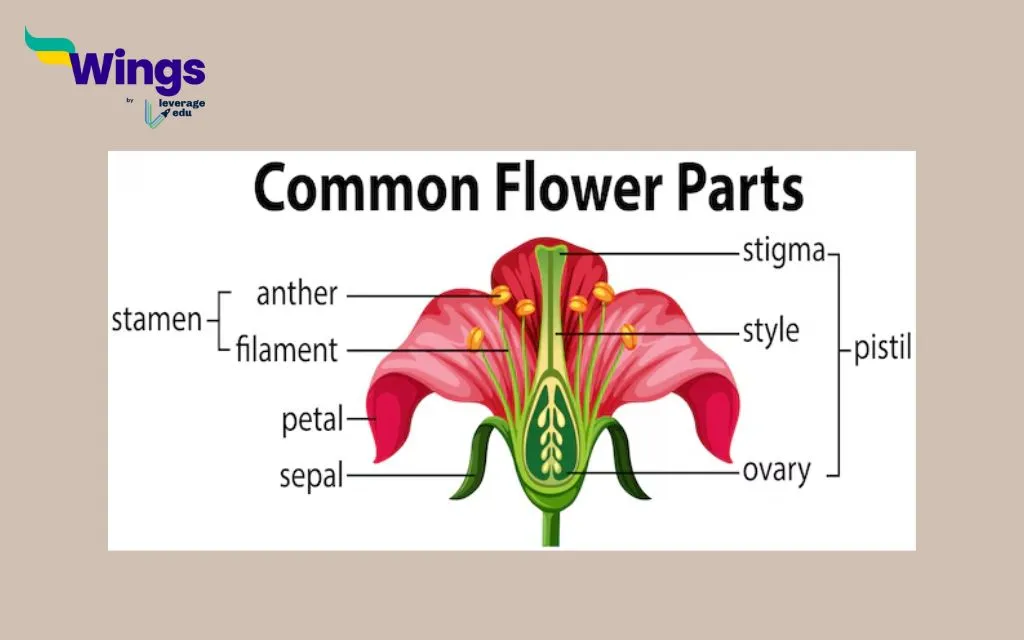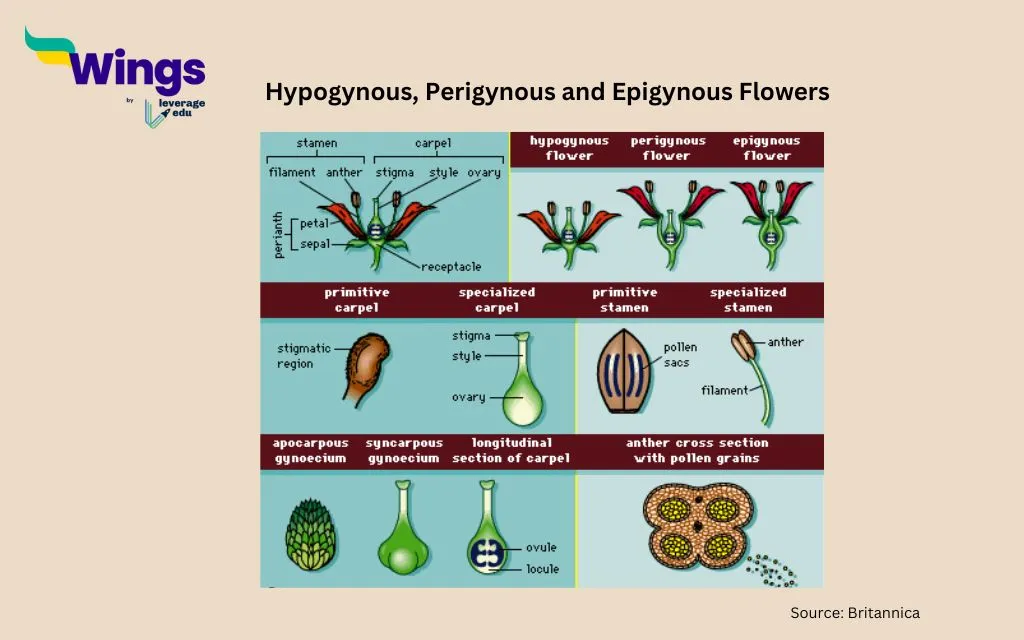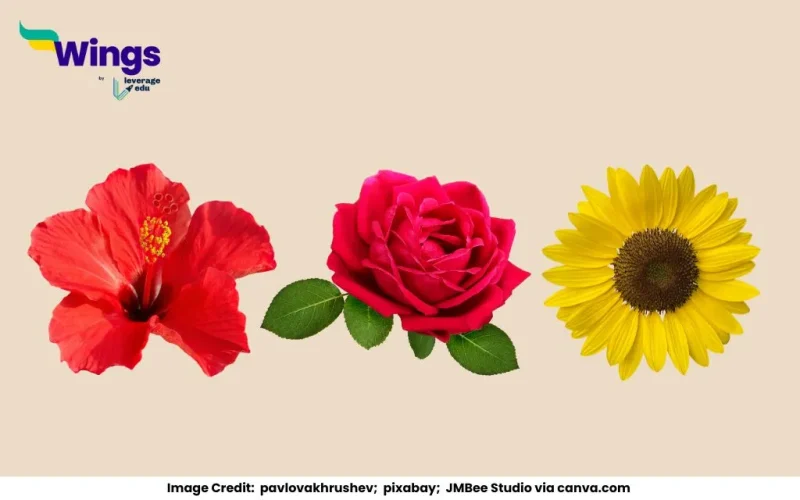Flowers are classified as hypogynous, perigynous, or epigynous based on the position of the ovary in relation to other floral parts of the thalamus. This difference affects the flower’s structure, how fruits develop, and how plants are categorised. Based on this difference biologists define hypogynous, perigynous and epigynous flowers.
Complete Answer:
Flowers are categorised into these three types based on the position of the calyx, corolla, and androecium (the outermost whorls of the flower) in relation to the ovary (the female reproductive part) on the thalamus (the receptacle of the flower).

Here is how to define hypogynous, perigynous and epigynous flowers:
1. Hypogynous Flowers: In hypogynous flowers, the ovary occupies the highest position on the thalamus, while the other floral parts (sepals, petals, and stamens) are located below it. The ovary is considered superior in this case.
Examples: Mustard, China rose, Brinjal, Tomato, Tulip
2. Perigynous Flowers: Perigynous flowers have the ovary positioned at the same level as the other floral parts. The sepals, petals, and stamens arise around the ovary, often forming a cup-like structure called the hypanthium. The ovary is described as half-inferior in this type of flower.
Examples: Rose, Plum, Peach, Cherry
3. Epigynous Flowers: In epigynous flowers, the ovary is located below the other floral parts. The sepals, petals, and stamens appear to arise from above the ovary. The ovary is considered inferior in this case.
Examples: Guava, Cucumber, Sunflower (ray florets), Apple

Difference between Hypogynous, Perigynous and Epigynous Flowers
Here are the key differences between hypogynous, perigynous and epigynous flowers to help define hypogynous, perigynous and epigynous flowers.
| Features of Flowers | Hypogynous Flower | Perigynous Flower | Epigynous Flower |
| Ovary Position | Superior (above other parts) | Half-inferior (at the same level as other parts) | Inferior (below other parts) |
| Sepals, Petals, Stamens | Attached below the ovary | Attached around the ovary (often forming a hypanthium) | Attached above the ovary |
| Thalamus Shape | Usually conical or convex | Cup-shaped or flat | Encloses the ovary |
| Ovary Appearance | Prominent and easily visible | Partially hidden by the hypanthium | Hidden within the flower |
| Fruit Development | Ovary develops into a superior fruit (e.g., berry, drupe) | Ovary develops into a half-inferior fruit (e.g., pome) | Ovary develops into an inferior fruit (e.g., pepo) |
Common Biology Questions:
 60,000+ students trusted us with their dreams. Take the first step today!
60,000+ students trusted us with their dreams. Take the first step today!


 One app for all your study abroad needs
One app for all your study abroad needs










